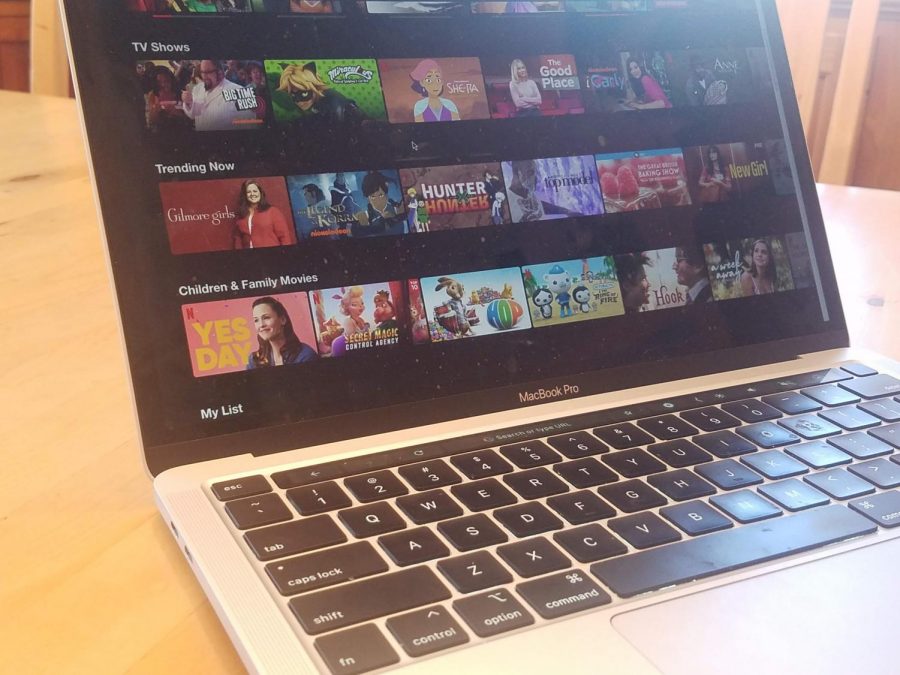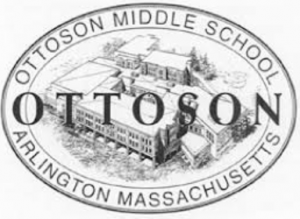Stereotypes in Film Are Affecting the Way We See the World
April 6, 2021
Racial stereotypes are all around us. In society, we unconsciously play into stereotypes every day. And although we participate in enrichment activities that we believe can help us become more aware of the world, the books we read and the films we watch have continued to surround us with many stereotypes. During childhood, Disney perpetuated stereotypes in cartoons and movies. Unfortunately, seeing stereotypes so young has an effect on how we see the world as we grow up.
Stereotypes can be seen in almost every movie and show. No matter how small the aggression, the issue is how much these tiny hints can affect the way we see the world without us even realizing it. And, when shows and films that reinforce racial stereotypes become successful, it makes the problem of racism bigger.
One of the major stereotypes seen in film is the “Black best friend.” This stereotype is often used to make a film seem diverse to viewers, and the Black best friend is used to help enhance the greatness of the white protagonist. The “Black best friend” sparks the idea that the Black community only exists to reinforce the white community by placing these characters in less important roles, roles that help glorify white characters. Between smaller movies such as Disney’s Radio Rebel and more popular films like Netflix’s Tall Girl, these sidekick characters represent much of America’s history. Even with awareness and protesting, many people of color have to work harder to be viewed as equals, and so when films send a message of inequality through character choice, it only worsens the racial situation in our country. Even in more popular films with characters like Dionne from Clueless, Teddy from Full House, and Angela from Boy Meets World, the “Black best friend” stereotype remains strong.
Another popular stereotype is the “studious and restricted” stereotype for Asian characters. These characters, like the Black best friend, are often portrayed as the sidekick of white protagonists. This stereotype appears in so many films and is quite hurtful to the Asian community because it paints Asians as only being “brainy” and serious. It ignores the countless other personality traits that those of Asian descent possess. Gilmore Girls, a popular Warner Bros. show, portrays the main character Rory’s Asian best friend, Laine, as a restricted, no-life teenager with a strict and scary mother who disapproves of everything. The “studious and restricted” Asian stereotype is also apparent in “Akeelah and the Bee”- even though the movie is supposed to be very forward-thinking and features a Black lead.
The stereotypes we see in films impact us in subtle ways that may be difficult to identify at first. When films portray certain communities in the same way over and over, it’s not only biased and racist, but outdated, as these stereotypes date back to the 1940s and earlier. By recognizing the untrue stereotypes portrayed in film, we can call on Hollywood and the TV industry to combat racial stereotypes in all forms of entertainment.









Mira G. • Apr 22, 2021 at 3:16 pm
I hadn’t thought about racial stereotypes much. Your article was pretty eye-opening, because I’ve mostly thought about gender stereotypes in movies, like how women and girls are often only shown as a romantic partner of a male character (it seems almost similar to the “Black best friend” stereotype, but not quite).
Anyway, I agree that stereotypes are a problem. One thing I noticed is that when someone in a movie has a really marginalized identity, it’s their whole character and they have no other characteristics.
Louisa Snell • Nov 25, 2021 at 10:46 pm
Yes, patriarchy is often also executed in film, sometimes even more than these. I totally agree with you on how characters who are diverse seem to make their ethnicity or nationality their entire personality. This comment by itself was very eye-opening!
Ezinne Onyemah • Apr 6, 2021 at 8:18 am
I really liked your take on this subject and it is a subject not brought to light often enough! I agree that almost unconsciously many stereotypes that we see in society stem directly or at least indirectly from repetitive subtle ideas we see in movies and tv.
Louisa Snell • Nov 25, 2021 at 10:48 pm
I’m so glad that this message is having an impact on its readers. Thank you so much for considering the message I’m trying to spread!